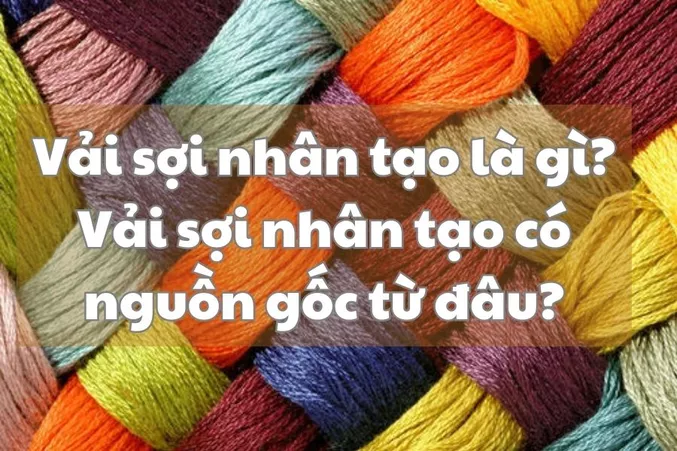Artificial fiber is a useful substitute for natural fabric when it fails to meet diverse consumer demands. What is artificial fiber? Where does it originate? Explore more on Fashion Bandung.
Vải sợi nhân tạo là gì?
Artificial fibers are a type of fiber that have been researched and manufactured by humans, almost without relying on natural resources. Instead of relying on materials found in nature, such as cotton or wool, artificial fibers are produced through chemical processes in factories. This production process often involves the use of petroleum-based raw materials and chemical compounds to create fibers with desired characteristics.
Currently, synthetic fibers have become the most popular type of fiber in the textile and fabric manufacturing industry. Famous and widely used synthetic fibers include polyester, nylon, and acrylic…
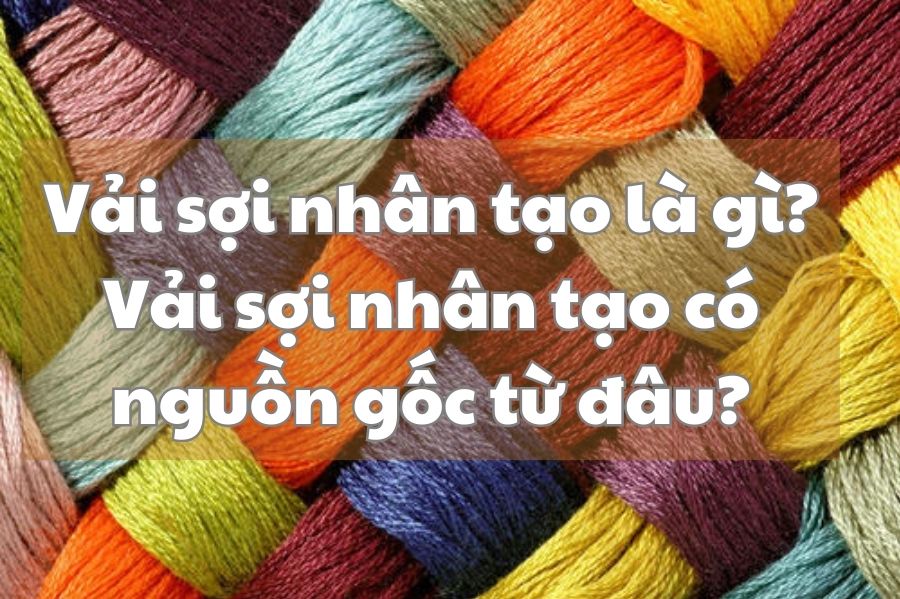
What is synthetic fabric? Synthetic fabric is a type of fiber that is researched and manufactured by humans.
The origin of synthetic fiber fabric production.
Artificial fibers are derived from the extraction of cellulose and undergo a series of chemical processes. Once extracted, cellulose is treated with chemicals such as acids or alkalis to separate and dissolve the bonding materials, creating a soluble cellulose solution. This soluble cellulose is then used as a raw material for chemical synthesis processes, where chemical reactions are carried out to produce new polymers.
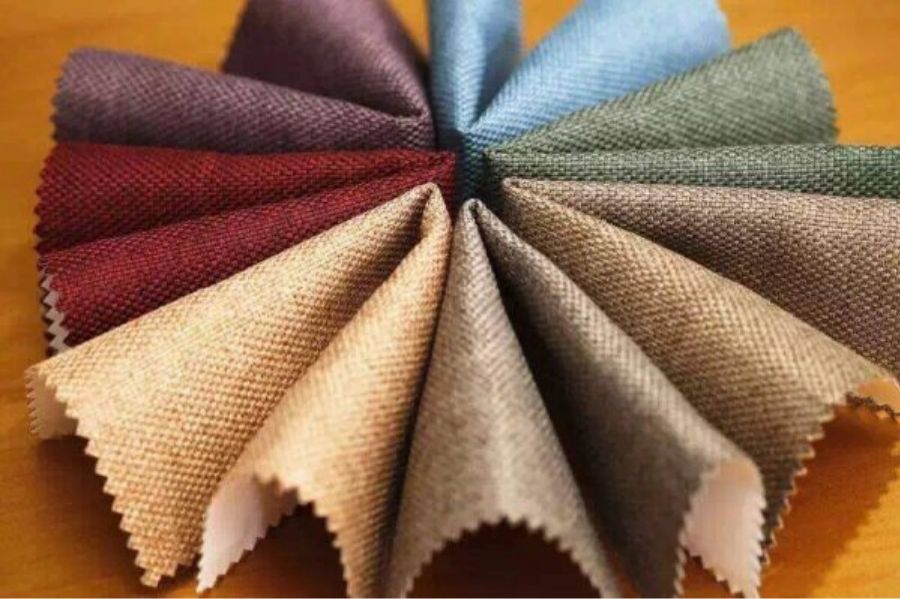
“The origin of synthetic fiber fabric”
These polymers are then drawn into artificial fibers through processes such as fiber drawing, where the polymer is passed through saw teeth or a flat surface to create artificial fibers with the desired length and thickness. Finally, the artificial fibers are further processed and finished through procedures such as washing, dyeing, and surface finishing to produce the final synthetic fiber fabric products.
What is the difference between synthetic fabric and natural fabric?
Natural fibers and synthetic fibers are both used in the textile and manufacturing industry. However, these two types of fibers have differences in their properties.
|
Properties |
Artificial fiber |
Natural fiber fabrics |
|
Origin |
They are created from chemical ingredients such as cellulose from wood, synthetic polymers like polyester, nylon, or acrylic. |
Extracted from natural sources such as cotton, wool, silk, or linen. |
|
Characteristic: |
High durability and less prone to wrinkling compared to natural fibers.
Good water resistance, can be adjusted for different degrees of elasticity and flexibility. |
Breathable and moisture-wicking, comfortable and pleasant when in contact with the skin. |
|
Production Process |
The production process requires more complexity, involving chemical reactions to create polymers or other chemicals, which are then transformed into fibers through the drawing and processing process. |
Requires less chemical processing than synthetic fibers, typically only requiring basic extraction and treatment processes to separate fibers from their natural source. |
|
Preservation Methods |
Simple and easy preservation.
Fast drying and easy to wash.
Some types of synthetic fibers are not resistant to water and are prone to melting when burned, which can result in a loss of aesthetics or the release of harmful gases that can be detrimental to human health. |
Sensitive fibers require careful storage. Each type of natural fiber will have a different method of preservation.
However, overall, natural fibers have many benefits for the skin and body due to their natural production process and minimal impurities. |
The five most popular types of synthetic fabrics on the market today.
There are various types of synthetic fabrics, but here are the five most popular ones in the market:
1. Polyester: This is a commonly used synthetic fabric known for its durability, wrinkle resistance, and easy care. It is often used in clothing, upholstery, and bedding.
2. Nylon: Nylon is a strong and lightweight fabric that is resistant to abrasion and stretching. It is commonly used in activewear, hosiery, and swimwear.
3. Rayon: Rayon is a semi-synthetic fabric made from wood pulp. It is known for its natural feel and drape, making it suitable for clothing such as dresses, blouses, and linings.
4. Acrylic: Acrylic is a synthetic fabric that is warm, lightweight, and resistant to wrinkles. It is commonly used in knitwear, blankets, and outdoor fabrics.
5. Spandex: Spandex, also known as elastane or Lycra, is a stretchy fabric that provides comfort and flexibility. It is often blended with other fabrics in sportswear, underwear, and swimwear.
Vải sợi nhân tạo PU
Polyurethane fabric, also known as PU fabric, is a type of synthetic material formed from one or more layers of polymers connected together through urethane bonds. The base layer of this fabric can be woven or non-woven fabric, made from materials such as polyester or crushed leather.
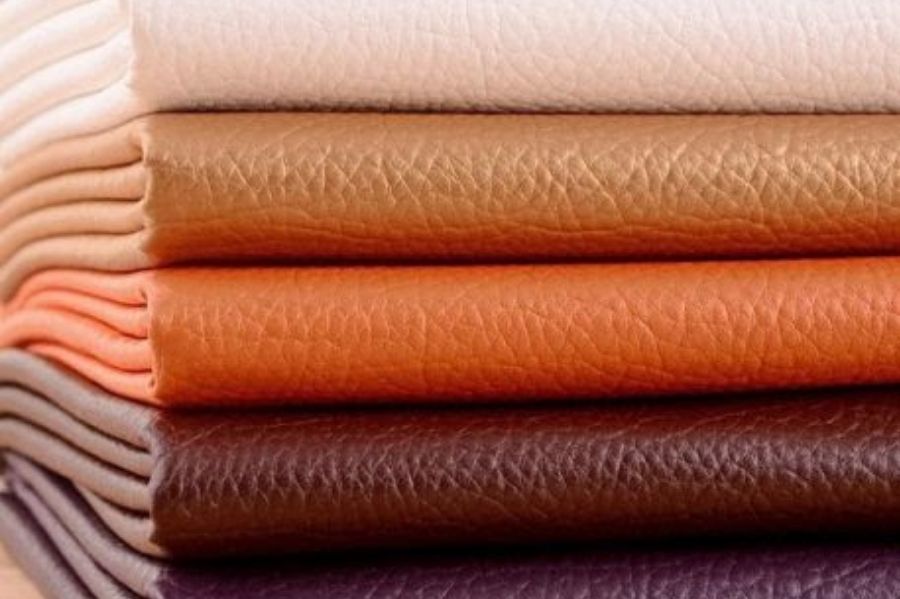
Polyurethane fabric, also known as PU fabric.
PU fabric is commonly used as a faux leather fabric, with a PU coating on the surface. This helps to protect the fabric from damage when exposed to water and other elements. In addition, thanks to its lightweight and flexibility, PU fabric provides a realistic feel when touched.
PU fabric has excellent wrinkle resistance and resistance to abrasion, making it easy to maintain and wash without worrying about damage. Therefore, this synthetic fabric is an ideal choice for manufacturing workwear, raincoats, and more. Additionally, PU fiber fabric is widely used in the sports field due to its flexibility and durability, from making footballs to surfboards and various other sports equipment.
>
Vải sợi nhân tạo PE
PE fiber fabric is the abbreviation for Polyester, which is produced through the chemical reaction of combining four types of fibers, including staple fibers, Fiberfill fibers, Filament fibers, and coarse fibers. This type of synthetic fiber fabric is widely used in the textile industry, particularly in the production of bedding products such as blankets, bed sheets, pillows, and mattresses.
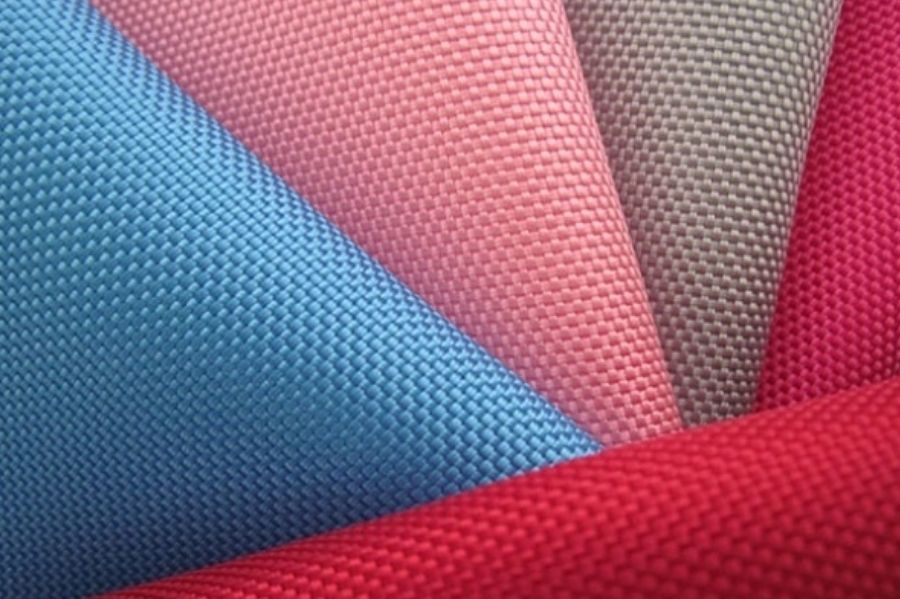
PE fiber stands for polyester, which is produced through chemical reactions.
PE fiber fabric has excellent water resistance due to its low moisture absorption properties, making it suitable for dyeing without causing damage or fading over time. Additionally, PE artificial fiber fabric has great wrinkle resistance and can be machine washed without worrying about deformation or losing its original shape.
Although having many good characteristics, PE fiber fabric also brings drawbacks that manufacturers need to pay attention to. This fabric often has a thick and heavy structure, and due to its poor moisture absorption, it can create a suffocating and damp feeling when used in high-frequency outdoor activities. This can cause discomfort for consumers during use.
Vải sợi nhân tạo PA
PA artificial fiber, also known as Nylon, is made from materials such as coal, petroleum, natural gas, etc. This is a common fabric used for sewing underwear, weaving nylon silk, stockings, etc. This fabric is lightweight and difficult to gather dust, so garments made from this fiber have a high durability. The long lifespan without fading or deformation is a major advantage of PA fiber fabric. Additionally, its good elasticity helps to reduce fabric loosening and wrinkling during use.
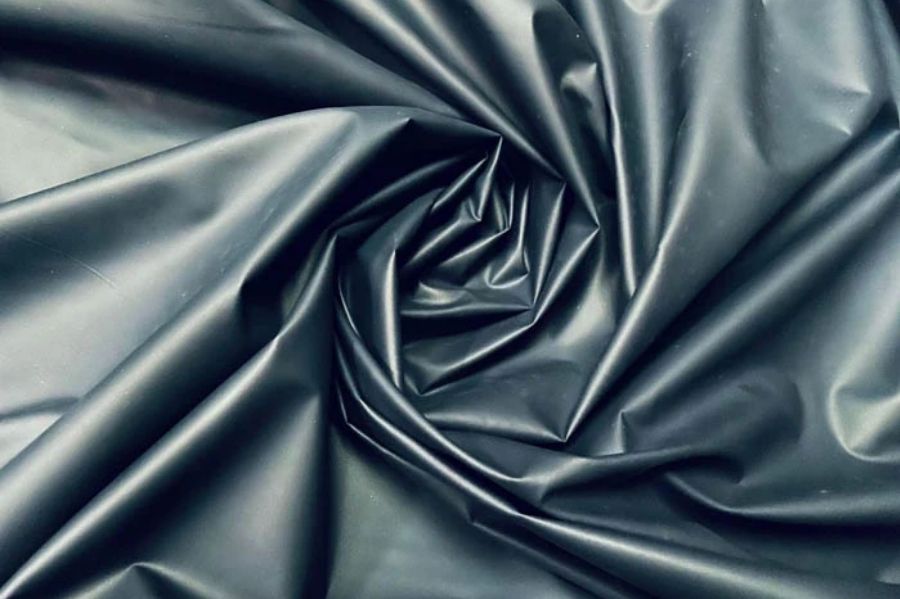
Artificial fiber PA is also known as Nylon.
However, like most other types of synthetic fibers, PA fiber fabric also has poor moisture absorption capabilities. This can create discomfort when worn for extended periods of time.
If the temperature is too high during the ironing process, it can cause fabric deformation, leading to the fabric fibers shrinking and becoming soft at temperatures above 150 degrees Celsius.
Vải sợi nhân tạo PVA
PVA stands for Polyvinyl Alcohol Fiber, which is a type of fiber made from raw polyvinyl alcohol that is drawn into threads. PVA fiber is widely used in the construction industry due to its low elasticity, resistance to hot weather, corrosion, and waterproof properties. However, this synthetic fabric fiber has poor absorption, low breathability, and can easily become hot and dry.
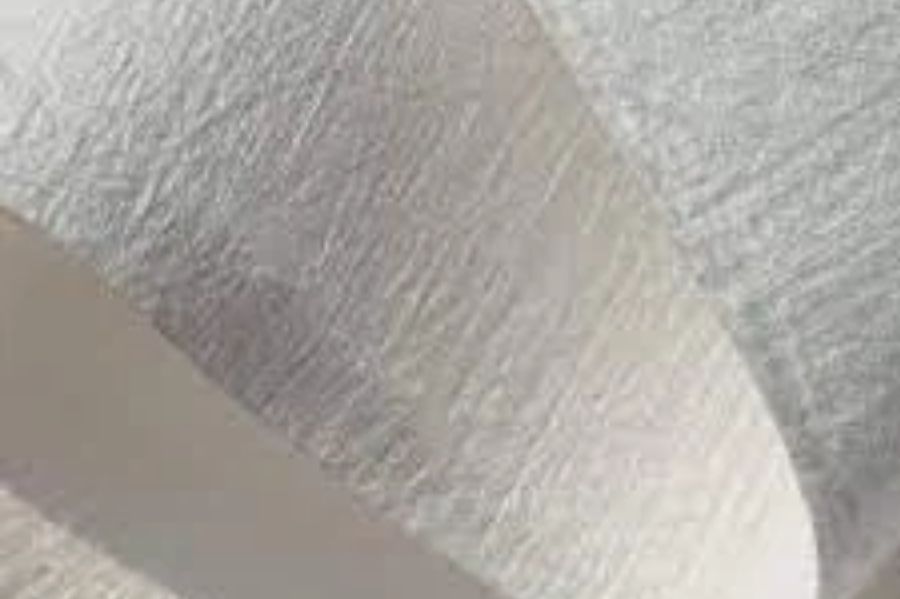
PVA stands for Polyvinyl Alcohol Fiber, which is a type of fiber made from raw polyvinyl alcohol.
Vải sợi nhân tạo PAC
PAC fabric is a type of synthetic fiber fabric used to create materials for weaving artificial wool. To produce high-quality blended fabric, manufacturers often combine it with other types of fabric.
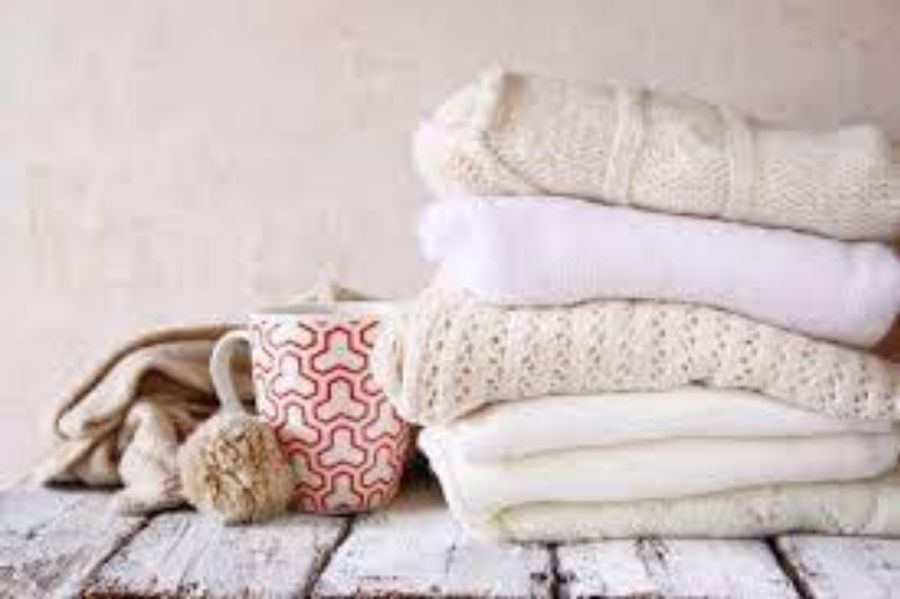
PAC fiber is an artificial fabric used to produce materials for weaving wool.
The strong points of this fabric are its softness and excellent thermal insulation properties, especially when used in the production of woolen yarn. However, if not properly stored and cared for over time, the fabric can easily become loose and shed fibers, which is a weakness of it.
Advantages and disadvantages of synthetic fiber fabric.
Artificial fibers are produced to meet the demands of modern consumers when natural fabrics are not sufficient. These types of synthetic fibers offer notable advantages such as:
The remarkable advantages of synthetic fiber fabric.
“Artificial fiber fabric possesses several outstanding advantages, including:”
- Vải ít bị nhàu nát: Vải sợi nhân tạo thường ít bị nhàu nát hơn so với vải tự nhiên. Điều này làm cho sản phẩm duy trì được chất vải và tính thẩm mỹ sau mỗi lần giặt.
- Khả năng chống nhăn và giữ dáng: Vải sợi nhân tạo thường có độ bền cao và co dãn tốt, do đó không bị biến dạng hoặc nhăn sau khi giặt máy. Điều này giúp giữ cho sản phẩm luôn giữ được hình dáng và form dáng ban đầu, tạo cảm giác thoải mái khi mặc.
- Khả năng chống nước: Một số loại vải sợi nhân tạo được xử lý để có khả năng chống nước. Điều này làm cho chúng trở thành lựa chọn lý tưởng cho các ứng dụng yêu cầu tính chống nước như trang phục mưa, túi xách, hoặc đồ dùng điện tử.
- Tính linh hoạt trong thiết kế: Với quá trình sản xuất linh hoạt, vải sợi nhân tạo có thể được tạo ra với nhiều màu sắc, hoa văn và kiểu dáng khác nhau. Điều này mở ra nhiều cơ hội cho các nhà thiết kế để sáng tạo và tạo ra những sản phẩm độc đáo và phong cách.
- Dễ bảo quản và giặt vải sợi: Vải sợi nhân tạo thường dễ bảo quản hơn vải sợi tự nhiên và có thể giặt máy mà không cần chú trọng những lưu ý đặc biệt trong quá trình bảo quản và giặt giũ. Điều này tiết kiệm thời gian và công sức cho người sử dụng.
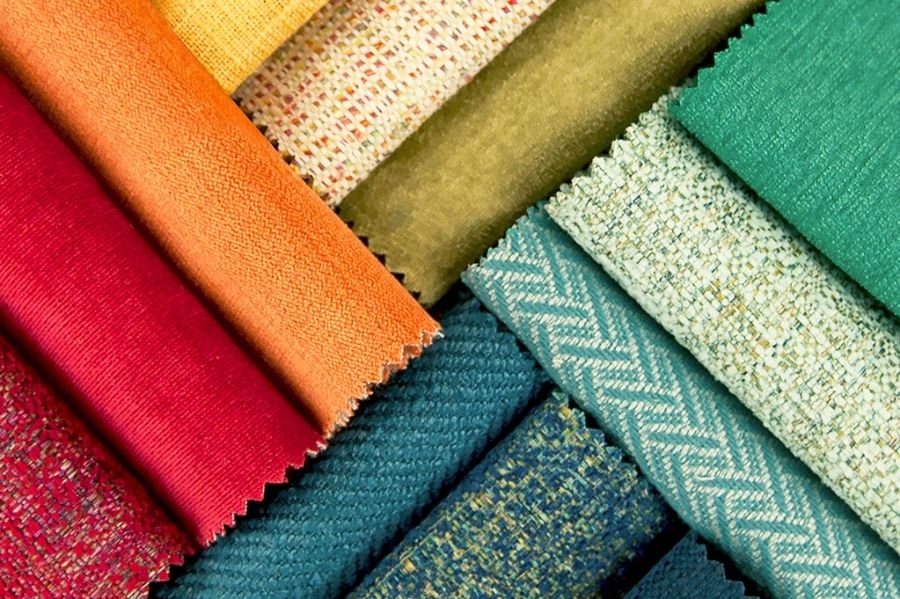
Advantages of Synthetic Fiber Fabric
The downside of synthetic fabric is its weakness.
However, synthetic fiber also has some disadvantages such as:
- Thấm hút kém: Do tính chất thấm hút kém, vải sợi nhân tạo có thể tạo ra cảm giác bí bách và không thoải mái khi sử dụng trong thời gian dài, đặc biệt là trong điều kiện nhiệt đới hoặc độ ẩm cao.
- Mùi hoá chất và hiện tượng chảy nhựa khi đốt: Một số loại vải sợi nhân tạo có thể phát ra mùi hoá chất và khi bị đốt có thể gây ra hiện tượng chảy nhựa, gây khó chịu và không an toàn cho sức khỏe.
- Màu sắc không an toàn và khó nhuộm bằng chất màu tự nhiên: Màu sắc của sợi nhân tạo thường được nhuộm bằng các chất hoá học không an toàn cho da, và do tính chất khó bám màu, việc sử dụng các chất màu tự nhiên dịu nhẹ với da trở nên khó khăn và không hiệu quả.
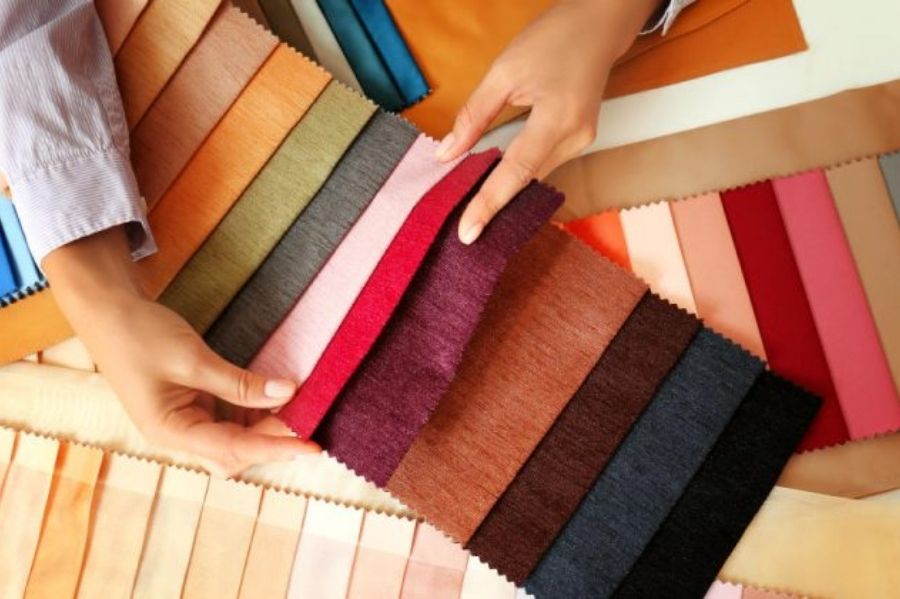
“Drawbacks of synthetic fiber fabric”
Applications of synthetic fiber fabric in daily life
To keep up with the ever-changing trends and creativity in the fashion and textile industry, artificial fiber fabrics lead in offering a wide variety of designs and colors. The application of these fabrics in the fashion and interior design markets is extensive, specifically in the field of apparel and home furnishings.
Artificial fibers have become one of the most popular types of fabric used in the textile industry for applications such as clothing production.
- Trang phục hàng ngày: Vải sợi nhân tạo được sử dụng rộng rãi để may áo sơ mi nam, quần áo thể thao, quần áo công sở và nhiều loại trang phục hàng ngày khác. Chúng có thể được sản xuất với nhiều đặc tính khác nhau như độ co giãn, khả năng chống nhăn, và khả năng chống thấm.
- Trang phục thể thao: Với khả năng co giãn tốt và khả năng thoát hơi tốt, vải sợi nhân tạo thường được sử dụng cho trang phục thể thao như áo thun nam, quần lót thể thao và quần áo tập gym.
- Trang phục công nghiệp và bảo hộ: Vải sợi nhân tạo có thể được sử dụng để sản xuất các trang phục công nghiệp như đồ bảo hộ lao động, áo mưa, áo khoác chống thấm nước và nhiều loại trang phục khác được sử dụng trong môi trường làm việc đòi hỏi tính an toàn cao.
- Phụ kiện thời trang: Vải sợi nhân tạo cũng có thể được sử dụng để làm các loại phụ kiện như túi xách, dây đeo, và vật liệu trang trí như rèm cửa, drap giường và gối nệm.
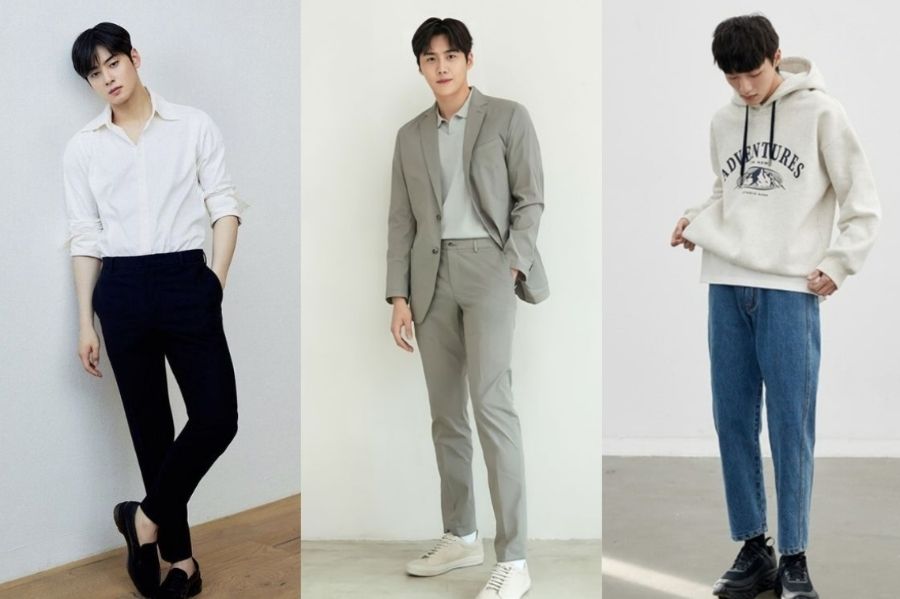
Application of synthetic fiber fabric in garment manufacturing
Tips for using and caring for synthetic fabric.
Most synthetic fabrics are easy to care for and clean, but there are some higher-end types of fabric that require extra attention. Here are some things to keep in mind when using and caring for synthetic fabrics specifically:
- Tránh ánh nắng mặt trời trực tiếp: Nắng mặt trời gay gắt có thể làm mất màu và làm hỏng sợi vải nhân tạo. Vì vậy, trong quá trình phơi khô vải, bạn không nên phơi dưới ánh nắng mặt trời gay gắt mà nên phơi ở dưới bóng râm.
- Tránh sử dụng hóa chất: Tránh tiếp xúc với các chất hóa học như chất tẩy rửa mạnh, thuốc tẩy, hoặc dung dịch khử trùng, vì chúng có thể gây hại cho sợi vải nhân tạo.
- Bảo quản đúng cách: Khi không sử dụng, bạn hãy bảo quản sản phẩm ở nơi khô ráo và thoáng mát để tránh ẩm ướt và nấm mốc.

“Note on using and caring for synthetic fabric”
The article on Fashion Bandung has shared everything you need to know about synthetic fibers and the characteristics of this fabric. Hopefully, the useful information will help you learn more about this new fabric and choose clothing that suits your preferences and personal style.
Fashion Bandung – Fashion for Men
See also:

